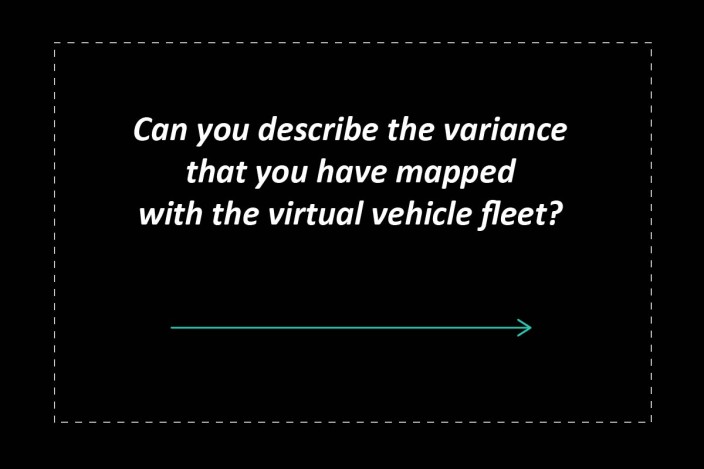Transparency, planning certainty, cost savings – these are just some of the many advantages of a virtual vehicle fleet. Assisted by this method, PSW has digitally visualised various equipment variants of the Audi e-tron GT, making development processes more efficient and sustainable. PSW was the first development service provider to adopt the virtual vehicle fleet system and in so doing has performed truly pioneering work. Terence Lim, Stephan Seitz and Christian Barth explain how much this methodology has simplified and accelerated the development processes.
The virtual fleet was used for the first time with the Audi e-tron GT, and since then the knowledge gained has been continuously developed. There is now a BOM-linked structure that is even more automated and can thus accelerate processes. The virtual fleet has proven itself and will certainly be used in future projects.








